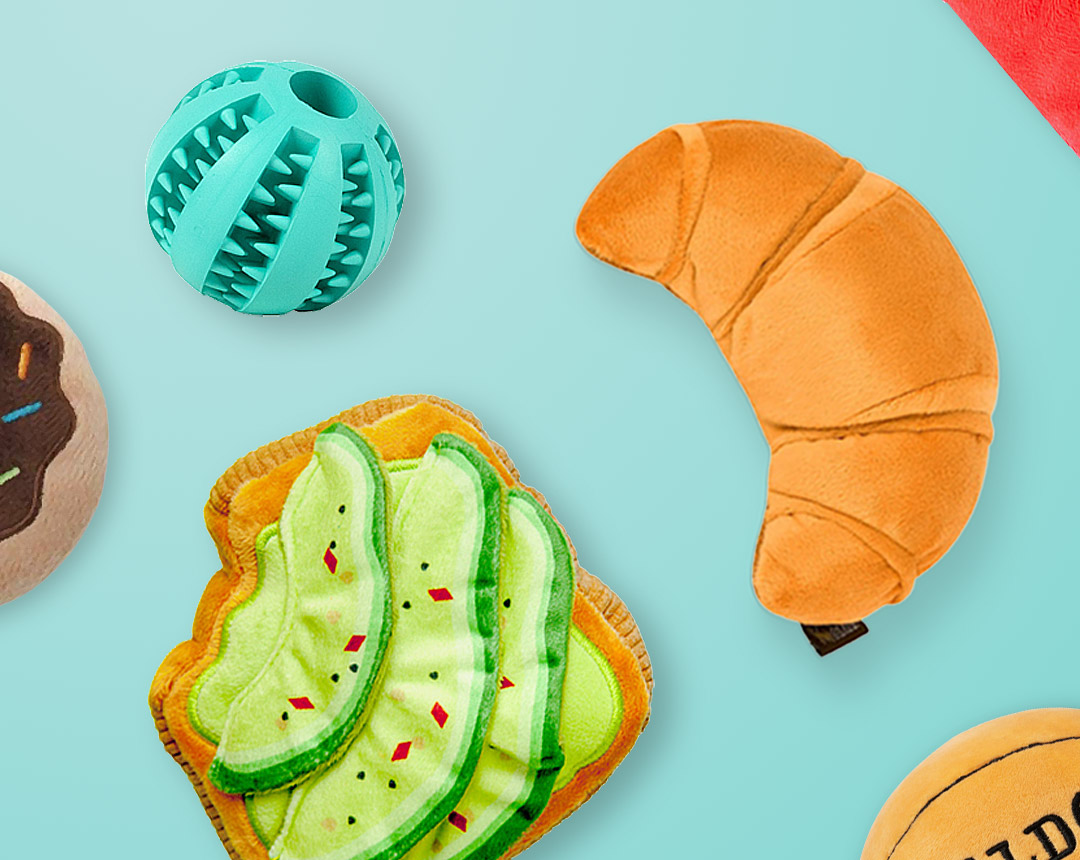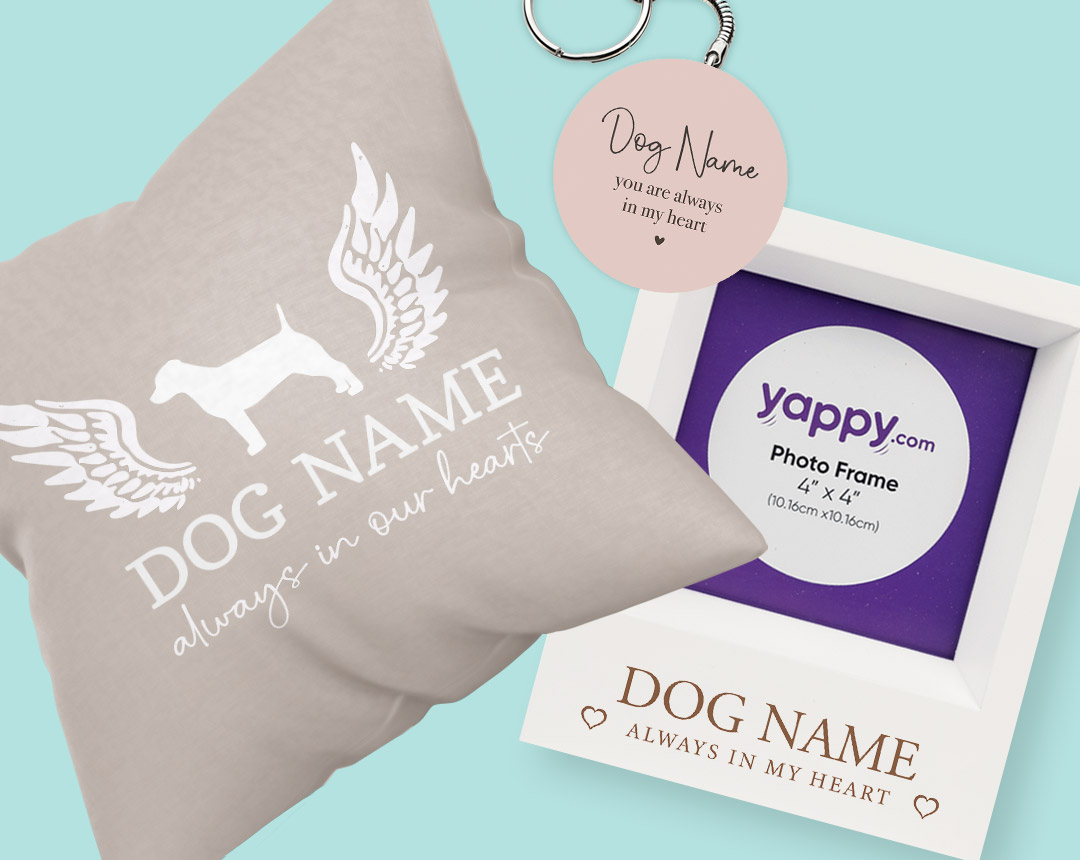Create Your Labrador Retriever's Shop
Labrador Retriever Breed Summary
Happy, Intelligent, Goofy, Sweet and High-Spirited
These ever-popular dogs were originally from the Island of Newfoundland and were originally used to help local fisherman as well as serving as companions. The breed's usefulness and good disposition was noticed by outsiders, and the Labs quickly found themselves in England, assisting as hunting dogs. It is interesting to know that this breed was actually nearly wiped out by the 1880s, due to high tax rates and government restrictions in Newfoundland and was only saved by recent imports of these dogs to the UK! Nowadays, Lab top most popular dog's lists, including the USA, Canada and the UK. Most Labrador Retrievers are no longer working dogs (bar those who are used as guide or sniffer dogs), and now spend most of their days being loved and pampered by their 'hoomans'.
| Kennel Club Group | Gundog |
| Lifespan | 10-12 Years |
| Height (at the withers) | Male 56cm - 57cm, Females 55cm - 56cm |
| Weight | Males 29kg – 36kg, Female 25kg – 32kg |
| Coat | Short and Straight, Slightly Coarse, with a Soft, Dense Undercoat |
| Colour | Black, Chocolate, Red, Golden Ranging from Near-White to Deep Yellow |
| Eye colour | Brown |
| Common health issues | Hip Dysplasia; Retinal Dysplasia; Patellar Luxation (Dislocated Kneecaps); Osteochondritis Dissecans (Elbow and Shoulder Dysplasia); Obesity. |
| Other Names | Labrador Retriever, Lab |
Labrador Retriever's are known for being incredibly sweet and helpful but may not be the best watchdogs. This is because they love making new 'hooman' friends, even if that means becoming pals with the burglar! They make great companions due to their fantastic nature and are incredibly high-spirited – they're always up for a game or playing by themselves with their favourite toy. Their puppy spirit will also follow them all the way through old life, so you will never have a dull moment. The phrase 'dog's laugh with their tails' also really applies to Labs, and they are considered to have the 'waggiest' tails in the world!
The Labrador originates from Canada, although it actually came from Newfoundland, rather than the region of the same name. They were bred from the St John's Water Dog, also known as the Lesser Newfoundland, a breed that seems to have been a mix of English, Irish and Portuguese working breeds, that were interbred on an ad-hoc basis. The St John's Water Dog was first described by the explorer W E Cormack when he walked across the island of Newfoundland in 1822. He describes the breed as predominantly black, no larger than a pointer, and short-haired and mentions their ability at retrieving, swimming, and speed. They were specifically used by English fishermen to retrieve fish that escaped from their hooks. Their soft mouth, thick coat, and seemingly inexhaustible energy made them ideally suited for this work.
The St John's Water Dog first arrived in the UK in around 1820, although they were already known of before then. It is believed that when the 2nd Earl of Malmesbury saw a St John's Water Dog working on a fishing boat, he arranged for some to be imported to the UK. Their ability in retrieving on both land, and in the water, plus their incredible sense of smell, impressed him so much that his entire kennel became devoted to developing the breed. It was the Earl who first called named them Labradors when he wrote a letter about his beloved dogs.
In around 1835, the 5th Duke of Buccleuch began his own kennel of Labradors in Scotland, with his brother also importing St John's dogs. Their determination and eagerness to please became obvious when one dog, who became known as Brandy, rescued a crew member from the Atlantic ocean during his journey to the UK. He was lucky to survive, as it took two hours for the crew to be able to retrieve him, and he was revived only by a dose of brandy.
The earliest photo of a Labrador was taken in 1867 and features a twelve-year-old female called Nell, who was owned by the Earl of Home. At the time, the breed still retained some of the white markings of the St John's Water Dog, which have now disappeared from the breed.
By the late 1880s, almost all of the St John's lines had died out in the UK. It was only a chance meeting between the Earl, the 6th Duke of Buccleuch, and 12th Duke of Home that saved the breed. While visiting a sick relative, the two Dukes decided to attend a waterfowl shoot, where the Earl was working his dogs. Malmesbury agreed to give them some of his dogs to breed from, which led to the births of Ned and Avon. It is generally believed that these two dogs are the ancestors of all Labradors now in the UK.
In 1892, two Labradors described as 'liver coloured' were born at Buccleuch's kennel, while the first golden Labrador was recorded at Major C J Radclyffe's kennel in 1899.
The Labrador Retriever breed was first recognised by the Kennel Club in 1903, and the American Kennel Club in 1917. The Labrador Club was founded in 1916. As with other gun dog and working breeds, there are differences between those bred for showing and those for working. Those bred for the show ring are selected for their appearance, while working lines are chosen for their abilities, and tend to be a little smaller than their show cousins.





























